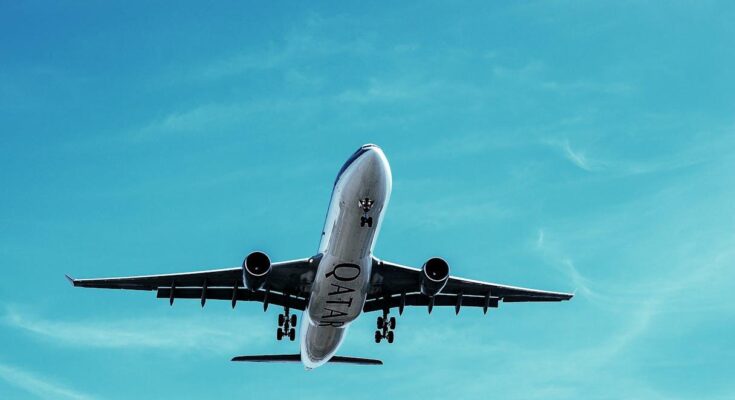Making sure a plane is in the best condition is key to ensuring that it works well, can be relied on, and is safe. However, aircraft are not like other machines. They need careful and regular checks because they have complex systems that require following strict rules. This post provides six pro tips to help you keep your plane at its best. These tips include checking the plane often, sticking to maintenance plans, recording every detail, using only the best parts, staying updated with training, and watching out for signs of damage.
Perform Regular Inspections
Maintaining the best possible condition for your aircraft requires routine inspections. Regular inspections assist you in seeing possible problems before they worsen. Before takeoff and after the flight, you should perform pre-flight and post-flight checks to make sure everything is in working order and to identify any potential problems. For instance, a simple check may require using a spark plug cleaner to help clean your engine components so that they remain free of debris and function optimally. Regular inspections that take place periodically are also crucial. You can keep your aircraft safe and dependable by doing these inspections on a regular basis. This will guarantee that your aircraft is always airworthy and prepared for flying.
Adhere to Maintenance Schedules
Following maintenance plans is crucial to the lifespan and functionality of your aircraft. Pay close attention to the manufacturer’s recommended maintenance intervals. The purpose of these schedules is to maintain the aircraft’s efficient and safe operation. It is essential to comprehend the several kinds of maintenance checks, including A, B, C, and D checks. While C and D checks are more thorough and necessitate in-depth examinations and maybe overhauls, A and B checks are more regular and entail simple inspections. You may prolong the life of your aircraft and avoid unanticipated problems by following these routines, which will guarantee that it is in top shape for every flight.
Keep Detailed Maintenance Records
Maintaining thorough maintenance records is essential to managing your aircraft well. Maintaining accurate documentation makes it easier to trace the history of all maintenance procedures, such as inspections, repairs, and part replacements. Dates, an explanation of the work done, and the names of the technicians engaged should all be included in these logs. In-depth records guarantee regulatory compliance and aid in solving any issues by offering an understandable maintenance history. Comprehensive maintenance logs, which demonstrate careful care and maintenance, can dramatically increase the value of your aircraft when the time comes to sell or lease it.
Use High-Quality Parts and Tools
It’s crucial to use high-quality components and equipment to keep your aircraft operating safely and effectively. To guarantee dependability and compatibility with the systems in your aircraft, always choose parts that are renowned and certified. Poor quality parts may cause faults that jeopardize the aircraft’s and its passengers’ safety. In a similar vein, ensuring correct and effective completion of maintenance activities requires the use of the right instruments. Although purchasing high-quality components and equipment may cost more upfront, doing so lowers the likelihood of malfunctions and expensive repairs later on, safeguarding your investment and guaranteeing efficient operations.
Stay Updated with Training and Certifications
Anyone involved in aviation maintenance must maintain current training and certifications. You can stay up to date on the most recent standards and practices by continuing your education, as aviation technology and regulations are always changing. Continually participating in training programs and obtaining certifications keep your knowledge and abilities up to date. This strategy of continual learning guarantees regulatory compliance while also improving your knowledge in performing maintenance activities. You can uphold the greatest standards of aviation maintenance and safety by making an investment in your education and remaining up to date on industry developments.
Monitor and Address Wear and Tear
Maintaining the integrity of your aircraft requires keeping an eye on and taking care of wear and tear. Check important parts frequently for wear indicators, including corrosion, cracks, or strange noises. Particularly, pay attention to sections that are used frequently and are in high-stress situations. By putting a proactive maintenance plan into place, you can take care of small concerns before they become bigger. Ensuring the aircraft’s dependability and safety involves replacing worn-out parts as soon as possible and making the necessary repairs. You can prolong the life of your aircraft and avoid unplanned malfunctions by being watchful and proactive, which will make your operations efficient and economical.
Conclusion
Maintaining the best possible condition for your aircraft means taking a proactive and careful approach to repairs. You can make sure your aircraft stays safe and dependable by doing routine inspections, following maintenance plans, maintaining thorough records, utilizing high-quality parts, keeping up with training, and keeping an eye on wear and tear. These procedures improve the lifespan and performance of your aircraft while boosting aviation safety.



